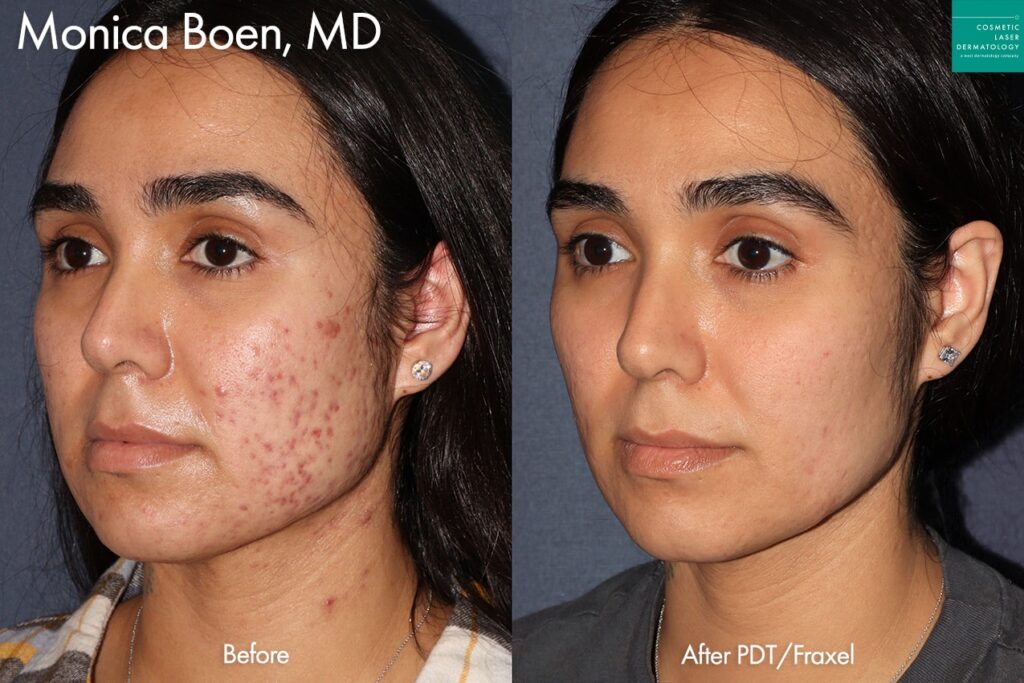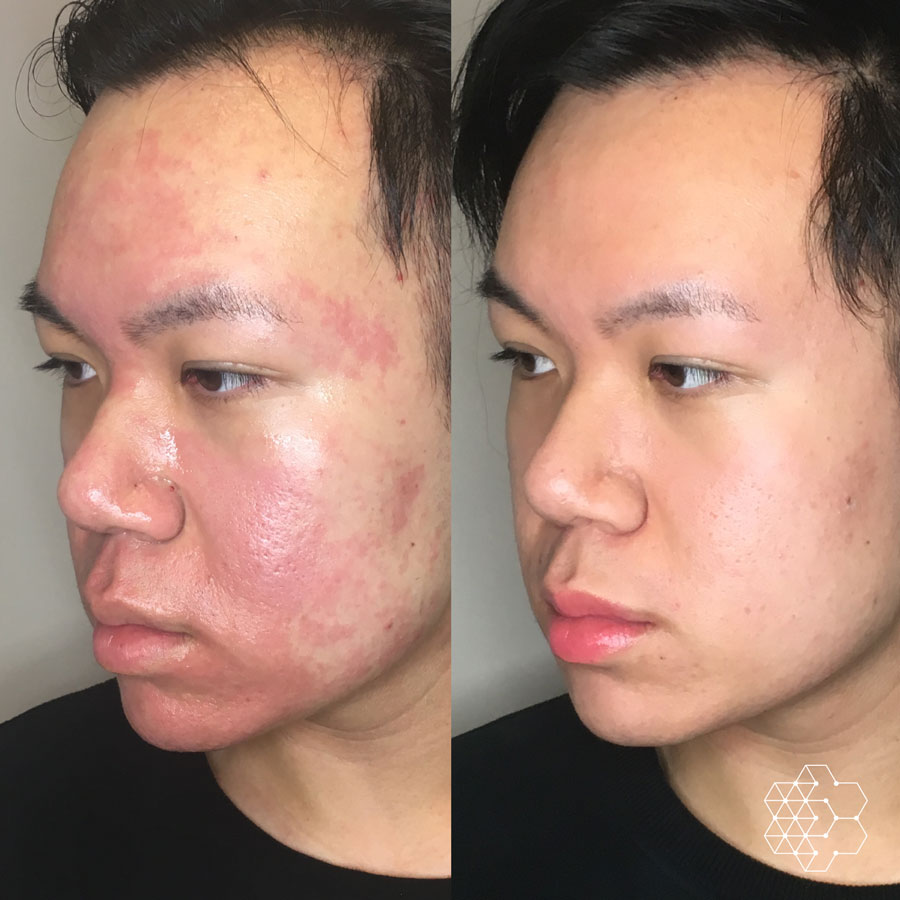Skin Rejuvenation Treatments: The Ultimate Overview to Rejuvenating Your Skin
Wiki Article
Understanding the Various Skin Disease and Effective Therapy Options for Acne Marks
Acne marks represent an intricate interaction of skin problem that dramatically influence people' self-worth and total skin wellness. Understanding the distinctive kinds of acne scars-- atrophic and hypertrophic-- alongside their underlying causes, is critical for determining efficient therapy approaches. Different restorative choices exist, varying from sophisticated dermatological procedures to natural solutions. Nonetheless, the effectiveness of these treatments commonly depends upon tailored evaluations by qualified professionals. As we check out the landscape of acne mark administration, it becomes evident that the trip towards more clear skin might include even more than just topical remedies.Kinds of Acne Scars

In contrast, hypertrophic scars result from an overflow of collagen during the recovery process, bring about increased locations on the skin. These marks are usually firm and can differ in color, often showing up red or darker than the bordering skin.
Comprehending these types of acne scars is critical for creating an efficient treatment plan - acne treatment for sensitive skin. Choices might include chemical peels, laser treatment, microneedling, or facial fillers, customized to the specific scar type. A complete appointment with a skin doctor can aid figure out the most ideal intervention, taking right into account the person's skin kind, mark severity, and total skin wellness
Sources Of Acne Scarring
Marking happens as a result of the body's all-natural healing action to swelling and injury triggered by acne lesions. When acne forms, it causes an inflammatory feedback, leading to the release of different cytokines and development elements that advertise healing. This procedure can sometimes lead to excessive cells development or insufficient repair work, resulting in marks.The primary root causes of acne scarring consist of the seriousness of the acne itself, period of the sores, and private skin kinds. Serious inflammatory acne, such as nodules and cysts, is more probable to lead to scarring due to deeper cells damage. Furthermore, incorrect handling of acne sores, such as picking or pressing, can exacerbate tissue injury and swelling, increasing the chance of scarring.
Genetic proneness likewise plays a considerable duty; individuals with a household background of scarring go to a higher threat. Additionally, skin kind and shade can influence mark development, as darker complexion may experience post-inflammatory hyperpigmentation, while lighter skin may create atrophic scars.
Ultimately, recognizing these causes is essential in handling acne and mitigating the possibility for scarring.

Therapy Options for Scarring
Efficient treatment choices for acne scarring vary relying on the kind and seriousness of the scars. Normally categorized right into atrophic, hypertrophic, and keloid marks, these conditions need tailored strategies for optimal results.
For atrophic scars, which are defined by a loss of cells, treatments such as chemical peels, microdermabrasion, and laser treatment are typically employed. These approaches promote skin renewal and stimulate collagen production, consequently improving skin texture. Subcision, a minimally intrusive procedure, can likewise be reliable by breaking up fibrous bands beneath the skin.
Hypertrophic and keloid marks can be more testing to deal with. Choices consist of corticosteroid injections to decrease swelling and squash the marks. Sometimes, cryotherapy or laser therapy may be recommended to minimize their look.
Surgical alternatives are readily available for extreme scarring, where excision or skin grafting might be necessary. It's necessary for individuals to seek advice from with a dermatologist to examine their particular mark kind and review the most ideal treatment strategy. Integrating several therapies often generates the very best results, making certain that each client's unique skin disease is dealt with efficiently.
Natural Remedy and All-natural Solutions
All-natural options and home remedies can supply an obtainable technique for people looking for to boost the appearance of acne scars (acne and acne scars treatment). Various ingredients found in the home kitchen have demonstrated prospective benefits in improving skin structure and advertising recovery
Another efficient alternative is lemon juice, which serves as an all-natural exfoliant and can lighten hyperpigmentation. Nevertheless, it must be utilized cautiously, as it may create photosensitivity. Oat meal masks are additionally valuable; their gentle peeling can help eliminate dead skin cells while soothing inflammation.
Vital oils, such as tea tree oil and lavender oil, can further support mark healing due to their antimicrobial buildings. It is crucial to carry out a patch test before using any type of remedy to guarantee there are no adverse reactions. These natural options can be a corresponding approach in the journey to decrease acne marks.
Preventing Future Scarring
Adopting a positive approach to skincare can considerably lower the threat of creating future acne marks. Normal cleansing, exfoliation, and hydration can help preserve skin health and avoid blocked pores.In addition, staying clear of the lure to squeeze or pick acne lesions is critical, as this can lead to acne treatment for sensitive skin swelling and succeeding scarring. Instead, people must concentrate on applying topical treatments that advertise healing and minimize inflammation. Ingredients such as salicylic acid, benzoyl peroxide, and retinoids are known for their effectiveness in managing acne and lessening marks.
Sunlight protection is another important component; exposure to UV rays can hinder and dim marks healing. Using a broad-spectrum sun block daily can alleviate these results.
Last but not least, keeping a healthy and balanced diet regimen abundant in anti-oxidants and staying hydrated assistances skin regeneration. By implementing these safety nets, individuals can dramatically lower their danger of future scarring and advertise general skin health.
Verdict
Finally, a thorough understanding of acne marks, including both hypertrophic and atrophic types, is vital for effective treatment approaches. Customized treatments, consisting of professional therapies and natural remedy, can significantly improve skin look and structure. Safety nets additionally play a crucial function in decreasing future scarring. Consultation with a dermatologist stays critical to design tailored methods that think about specific skin types and scar intensity, inevitably boosting the efficiency of mark management methods.Acne scars stand for a complicated interplay of skin conditions that dramatically influence individuals' self-worth and general skin health. The two key categories of acne scars are atrophic and hypertrophic marks. These scars are further categorized right into three subtypes: ice pick marks, which are narrow and deep; boxcar marks, which are larger and have distinct sides; and rolling marks, which develop a wave-like appearance due to uneven skin structure.
A detailed appointment with a skin doctor can help determine the most proper treatment, taking into account the individual's skin kind, scar severity, and overall skin health.
Appointment with a skin specialist continues to be imperative to design tailored methods that think about specific skin kinds and mark extent, inevitably improving the efficiency of mark management methods.
Report this wiki page